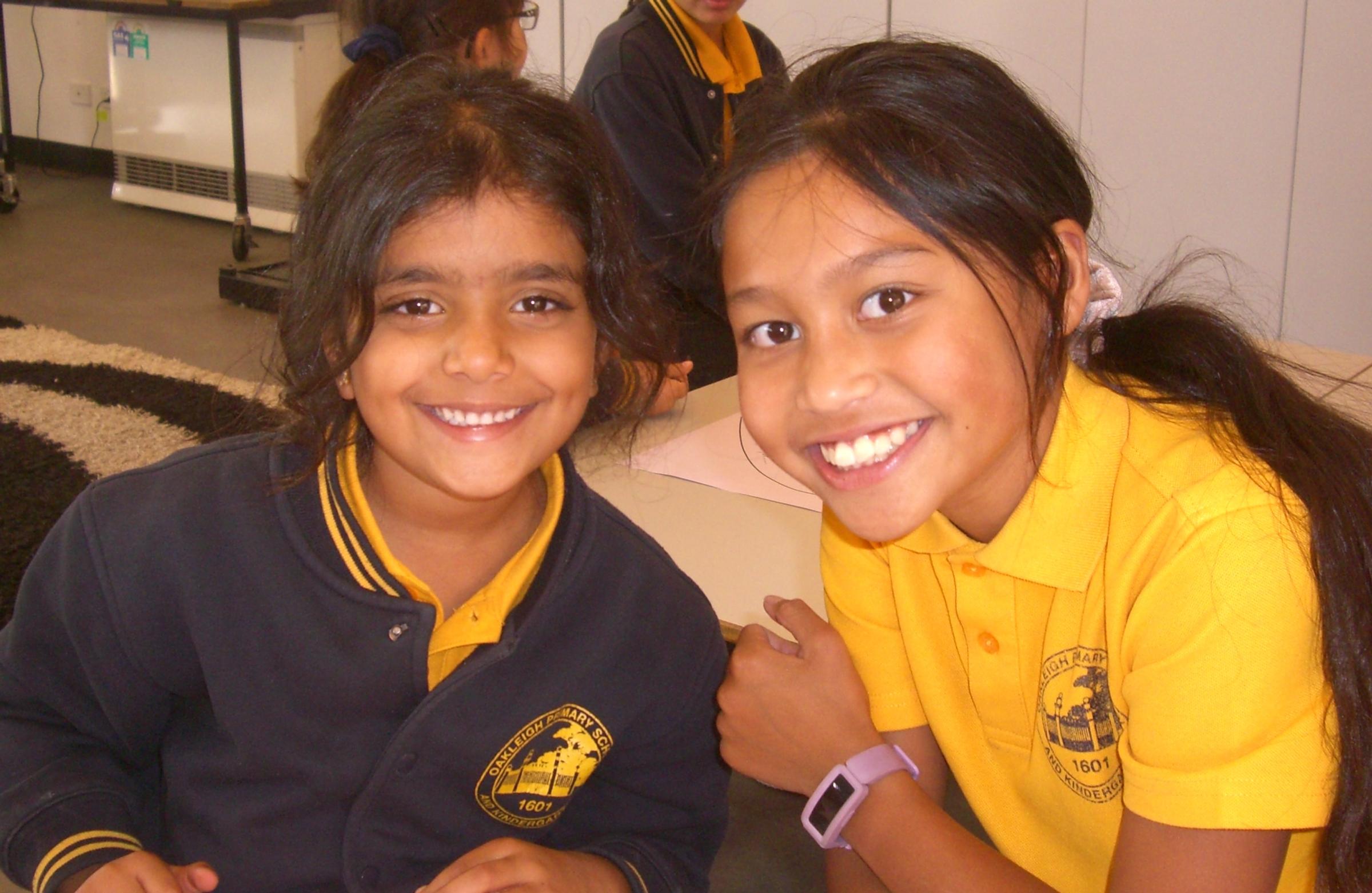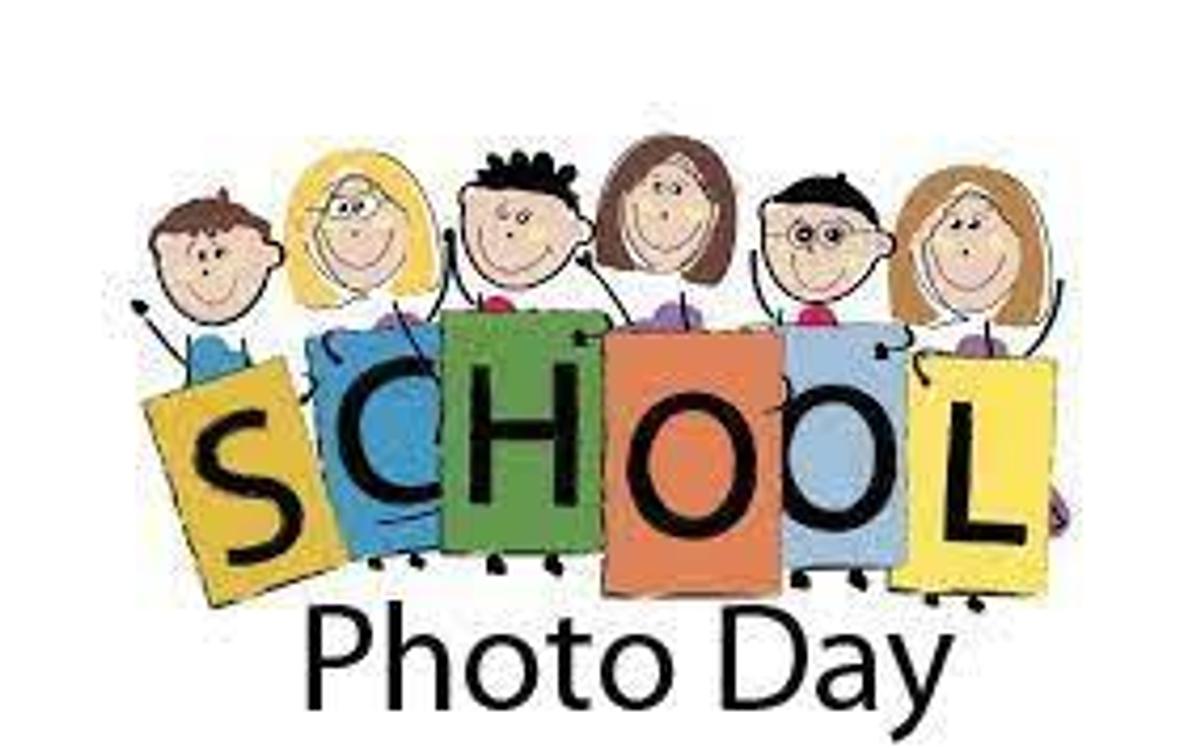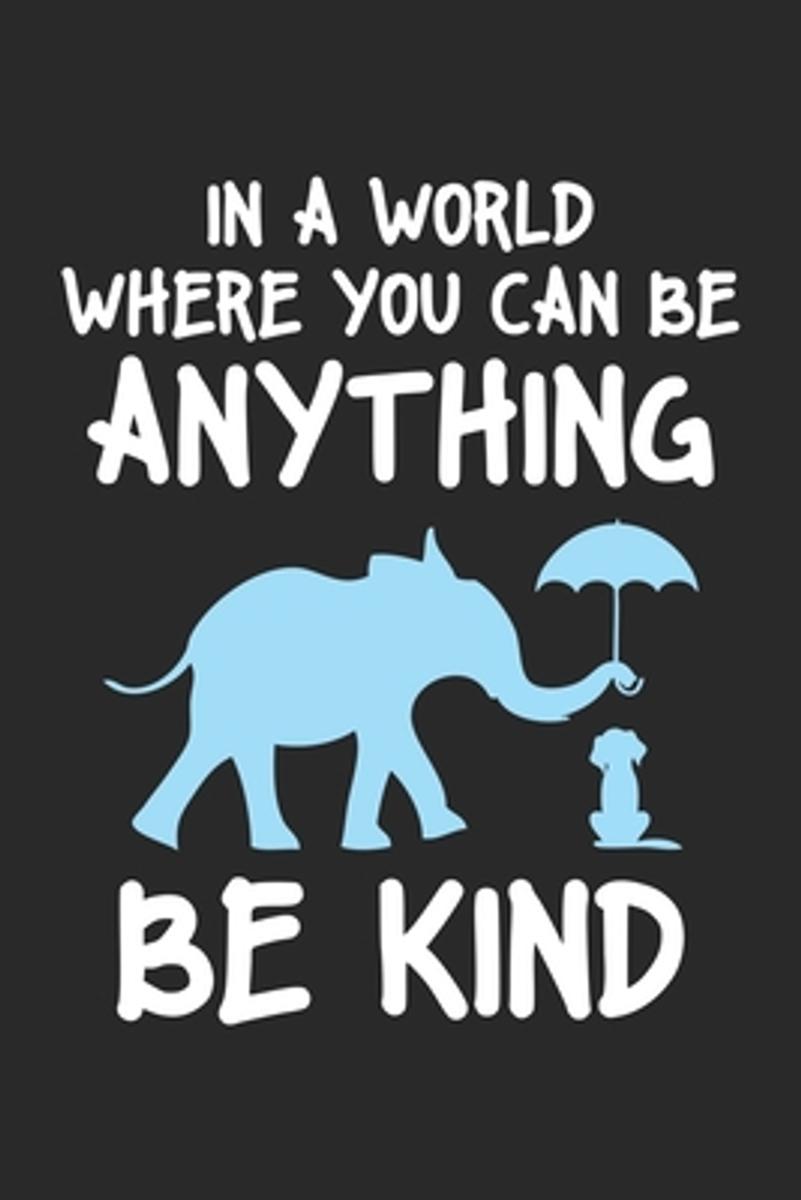From the AP

Photo Day and Student Dress Code
It’s the annual school photos next Wednesday, 16th March, which seems like the perfect segue to highlight the Oakleigh Primary School Student Dress Code. This was one of the last policies to be reviewed and passed at Council in 2022. With school photos looming it would be great to see our students arriving to school on this day, and every day, in approved school uniform items. I always love seeing how much excitement is generated when our Yr 6s wear their unique Yr 6 tops. They really do instill in them a sense of pride and belonging in regards to both the year level and school community.
Please ensure you familiarise yourselves with the Student Dress Code which can be found on our school website under the Parent Info Tab: Policies https://www.oakleighps.vic.edu.au/policies-1 .
Helpful hints for photo day to consider may be having a comb / brush in your child’s schoolbag if suitable or having long hair tied back to keep tidy. Due to the size of our school, only a limited number of classes are able to have their photos taken before the recess break. While students are acutely aware to try and stay neat and clean–er on this day, kids are kids and need to run and play over their play breaks.
Say No to Bullying - National Day of Action
Next Friday, 18th March is the National Day of Action against Bullying and Violence. In line with our Respectful Relationships and Wellbeing Programs, as well as developing student voice and agency, we are striving to have all students speak out and up for themselves or others at signs of bullying.
This year the theme for the National Day of Action is Kindness Culture. By building a Kindness Culture together, we can promote inclusion, respect and community belonging for all students in our school. What a great theme to explore not just for one day of the year but every day.
Kindness is a key element for bullying prevention. It is an opportunity to teach what is kindness and demonstrate kind behaviour, both of which play important roles in bullying prevention.
This term all of our students have been exploring emotional literacy, as well as our senior students looking at cyber bullying and our Bullying Prevention Policy. In line with building a Kindness Culture, is being kind online, as well as encouraging young people to block content, report it, and support each other if they see or experience cyberbullying.
Remember this national day is not just part of a school based education program or promotion. Stamping out bullying means stamping out all forms of bullying and violence in all environments – home, school and online.
Practising and displaying kindness can be as simple as choosing carefully the words we use when speaking to each other, offering to assist/help someone with a task/chore or filling someone’s bucket.
Bron
Respectful Relationships – Personal Strengths
The implementation of the Respectful Relationships program has so far been successful. Students across the whole school have explored concepts and participated in a range of activities around Emotional Literacy. From younger years learning how to identify emotions and show kindness, to middle years understanding body language and upper levels exploring mixed emotions and the intensity of feelings.
We have now begun the second topic for Term 1 as part of the Respectful Relationships Program - Personal Strengths. This topic encompasses the Character Strengths which have been engrained in our Positive Education program for many years. We will use a combination of our previously used resources as well as new lessons from the Respectful Relationships resources.
Below you will find a description of Personal Strengths, what is covered at each year level and ways you can implement these in your child’s everyday life.
Personal Strengths –
Children and young people need a vocabulary to help them recognise and understand strengths and positive qualities in themselves and others. This topic provides learning activities to build this vocabulary and to use it when discussing personal, social and ethical challenges. Research in the field of positive psychology emphasises the importance of identifying and using individual strengths. Social and emotional learning programs which use strength-based approaches promote student wellbeing, positive behaviour and academic achievement.
VIA have identified 24 of the most common character strengths. Everyone possess all 24 character strengths in different degrees, so everyone’s character strength profile is uniquely different. To learn more about the 24 character strengths see https://www.viacharacter.org/character-strengths . This same website also offers a survey to identify your top character strengths. The Respectful Relationships Personal Strengths include the 24 character strengths, as well as other strengths such as trustworthiness, optimism, tolerance, loyalty, generosity, determination and the list goes on! Your character is what makes you who you are and therefore character strengths are different from talents, skills and knowledge.
Foundation students will learn to:
- Identify examples of the ways in which individual strengths are used in collaborative play
- Describe characteristics of good team behaviour
- Name and celebrate personal strengths (such as being helpful, kind, patient, brave, neat, hardworking and friendly)
- Recognise other people’s personal strengths
Year 1 students will learn to:
- Identify the partnership skills used in performing a collaborative task
- Describe where these social skills are needed in the playground and classroom
- Practise their listening and self-regulation skills
- Identify the importance of listening as a key skill for learning
Year 2 students will learn to:
- Describe the kinds of actions that generate a sense of pride or accomplishment
- Identify key strengths used in the school setting
- Describe how to use strengths to be a good friend and family member
Year 3 students will learn to:
- Identify examples of the ways in which team strengths are used in collaborative play
- Describe characteristics of cooperative behaviour
- Develop an understanding of the concept of personal strengths
- Identify and name their personal character strengths
- Recognise how different strengths help people to learn and thrive
Year 4 students will learn to:
- Describe the personal character strengths that people use in their everyday lives
- Identify examples of the ways in which strengths can be seen in the actions people take
- Identify the strengths that they would like to further develop in themselves
- Recognise how different strengths help people to learn and thrive
Year 5 students will learn to:
- Understand the difference between talents and character strengths
- Identify the character strengths they admire or value in others
- Identify the kind of actions that match particular character strengths
- Identify the strengths required to deal with everyday challenges
Year 6 students will learn to:
- Identify the character strengths they admire or value in others
- Demonstrate what character strengths might look like in action
- Identify how a particular character strength can contribute to a good life
Outside of school suggestions:
- Complete the VIA Character Strength survey https://www.viacharacter.org/ to identify your top character strengths.
- Help your child to identify the personal/character strengths they are displaying in every day activities. For example, they may have displayed kindness when they helped their sibling, shown organisation when getting ready for school or displayed great teamwork when playing a game.
- Celebrate the strengths your child displayed when faced with challenges and successes. For example, if they found completing a task difficult focus on their resilience to bounce back or perseverance to try again. If they achieved success focus on the strength that led them to that success, such as determination, courage or persistence.
- Understanding your top character strengths can bring more meaning and engagement in one’s life. Have your child choose one of their top character strengths and complete an activity that exercises that strength in a new way. For example, a top character strength could be gratitude. An activity to exercise that strength may include writing a letter to a family member to thank them.
- Assist your child to identify personal strengths they need to succeed in their every day life.
Adele Cuff
Positive Education Leader


